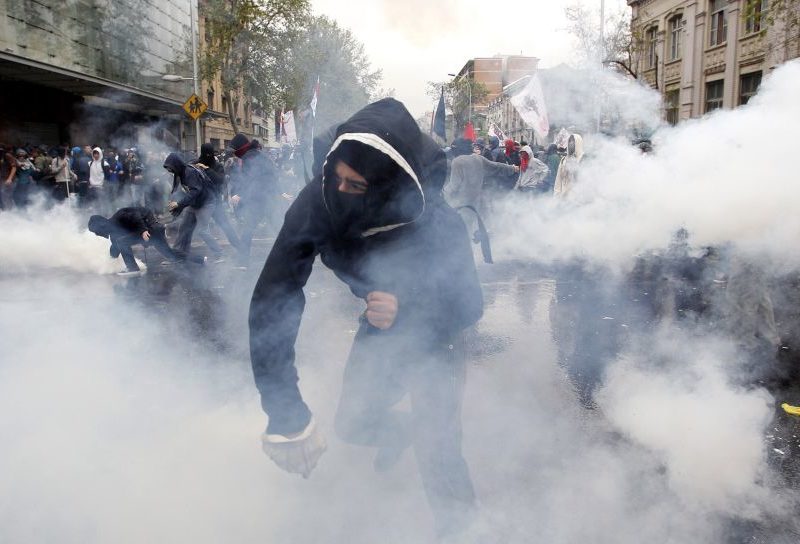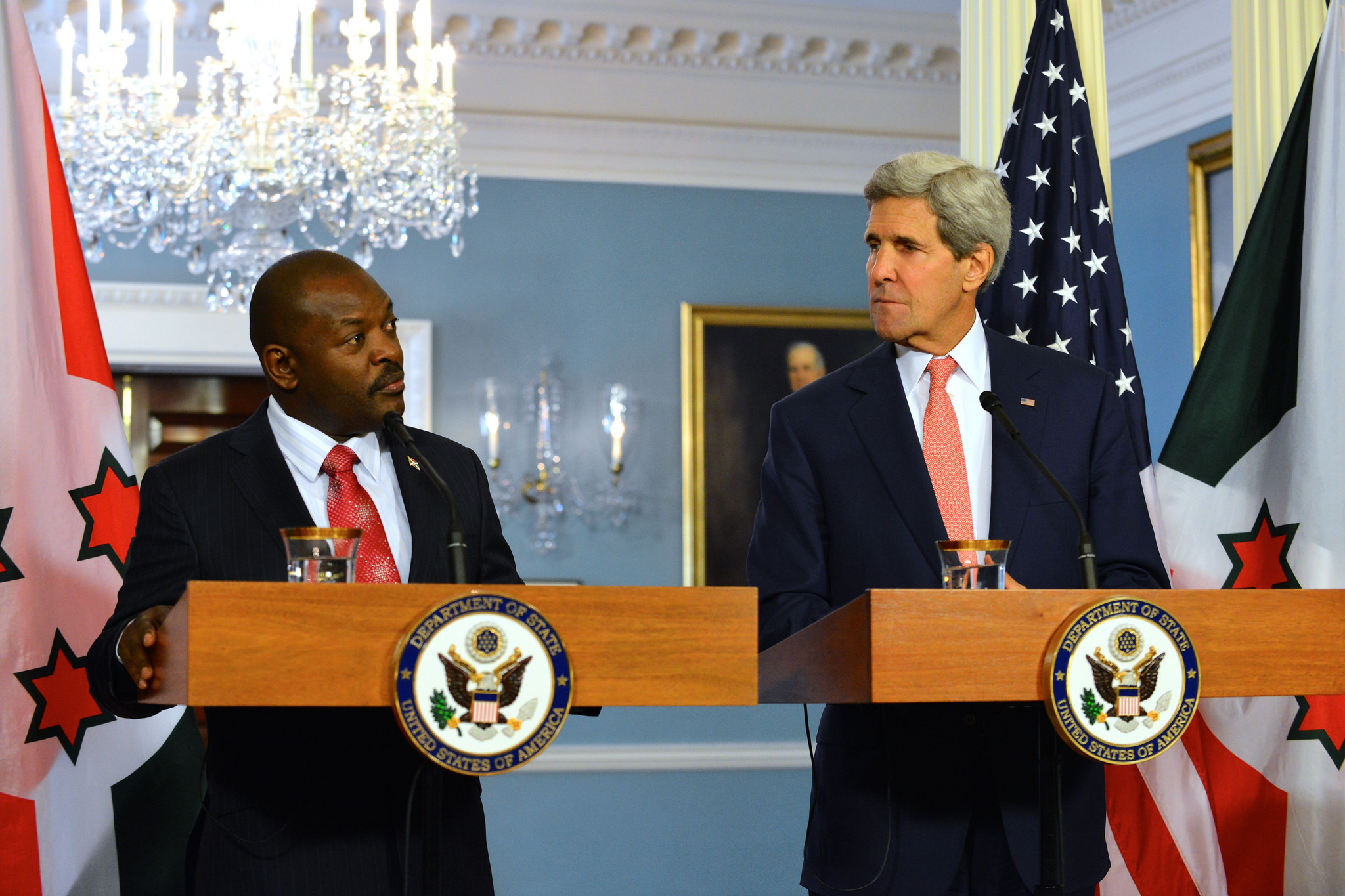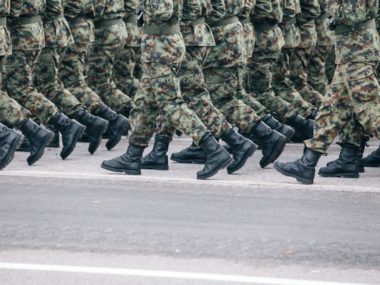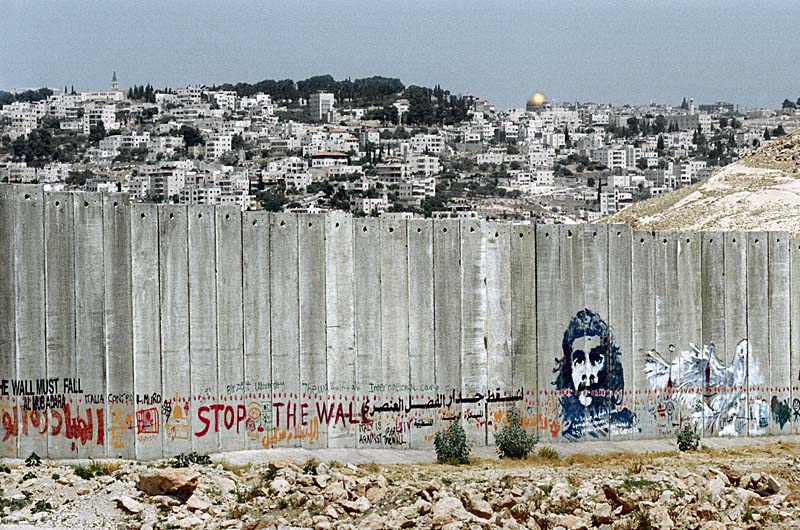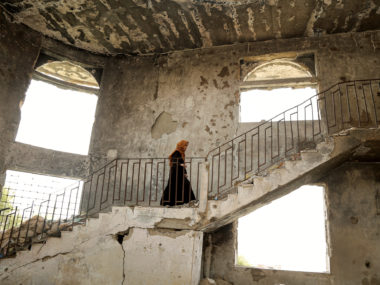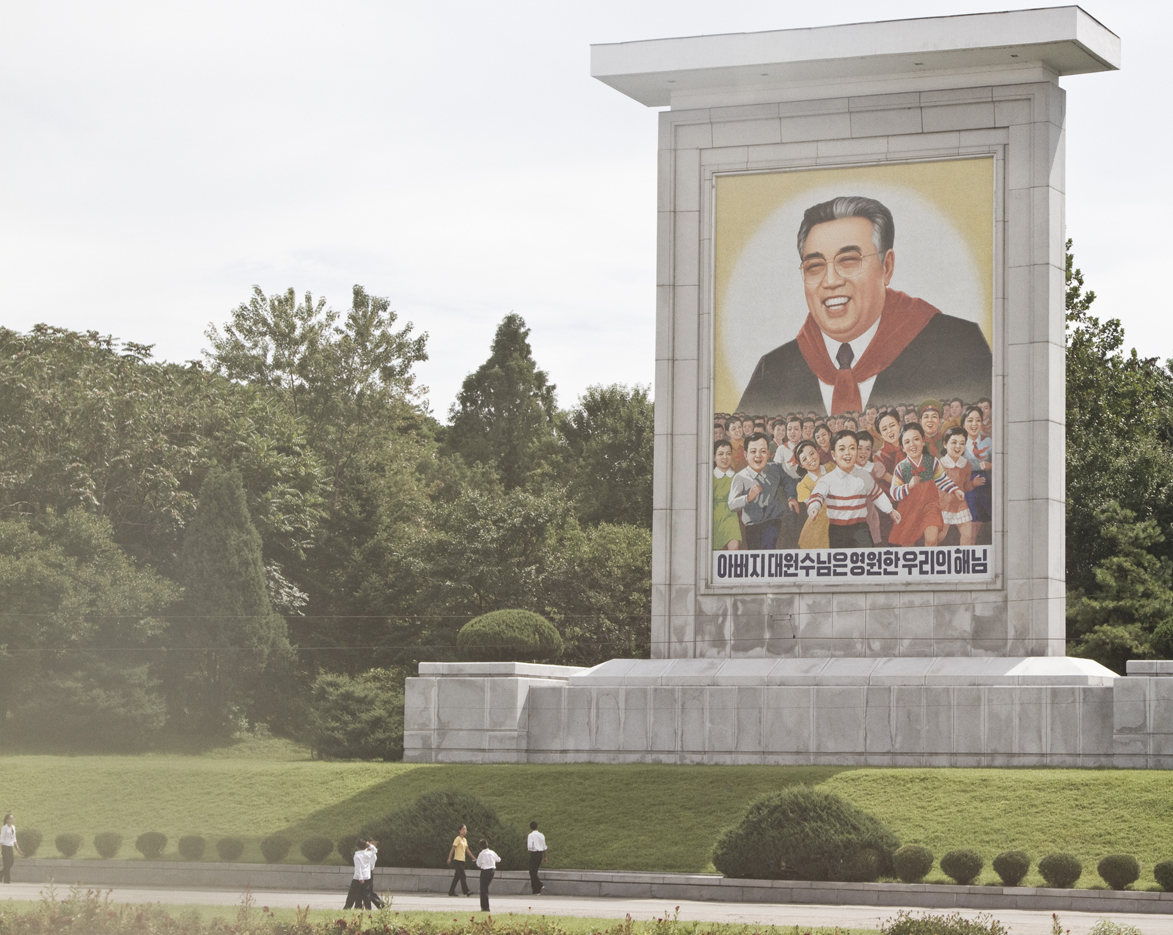By Reed Wood and guest contributor Thorin Wright
Recent posts on Political Violence At A Glance have highlighted the connections between COVID-19 and weakening civil liberties protections, as well as the militarization of police forces in countries around the globe. A closely related question is what effects the COVID-19 pandemic might have on social and political violence. Pandemics are not political actors, and they cannot themselves instigate conflict. Nevertheless, the conditions they create—and the ways states respond—can lead to unrest and violence.
Social scientists have long noted the serious negative impacts of civil conflict on public health. Conflict can introduce new pathogens, create new or more vectors of disease transmission, and weaken (or obliterate) public health infrastructure, all of which can combine to dramatically reduce the life expectancy and health of citizens in post-conflict states for years after war ends. Less well-studied is the relationship between pandemics and political violence. Yet, there are many reasons to believe that global public health crises like those created by the spread of COVID-19 might contribute to violent internal conflict.
The secondary effects of pandemics resemble those produced by natural disasters such as hurricanes and earthquakes—events that in some cases can serve as catalysts for social unrest, civil conflict, and state repression. Like pandemics, natural disasters create a surge in demand for medical care, often leaving thousands without access to necessary care and resulting in otherwise avoidable deaths. Natural disasters also generate shortages of essential goods, and can create a perception of inadequate government responses, which itself creates (or deepens) grievances within afflicted communities. The decline in government capacity resulting from natural disasters can also reduce the effectiveness of policing and heighten insecurity.
As with natural disasters, economic factors and state capacity influence how and when countries respond to pandemics. Developed countries have the resources to locate and isolate hotspots of disease transmission and can rapidly provide treatment to large numbers of victims, thus allowing them to forego (or at least postpone) the most draconian containment measures. However, the health infrastructure of less developed countries may be rapidly overwhelmed, forcing them to place rigid restrictions on the public as a way to control the spread of the disease.
Even governments best equipped to address the challenges posed by disasters often fail to mount a sufficient response or refuse to recognize the gravity of the threat until human costs reach critical levels. The result: infrastructure and health services fail to meet public expectations, and the government’s inability to address citizens’ needs stokes resentment. Though liberal democracies are often assumed to be the most responsive in times of crisis, the AIDS pandemic shows that this is not always the case.
Many Western countries are now beginning to experience the adverse effects of COVID-19. Beyond the immediate loss of life, this includes slowing economies, acute strains on health infrastructure, and rising demand for essential goods such as food and medical supplies. If these worsen or endure, it is possible that social unrest might follow. For example, food shortages, which appear temporary in most cases, have been shown to increase the risk of various forms of political violence. The risk of violence is most pronounced in countries where state capacity is lowest but can nonetheless impact even wealthy countries. The economic uncertainty created by a global recession and rapidly rising unemployment, as well as more immediate challenges created by hoarding and price-gouging of medical supplies, are also key risk factors, as the grievances created by dwindling economic opportunities encourage non-violent and violent challenges to the state.
While it is too early to predict what effect the COVID-19 pandemic will have on social unrest and political violence, a few worrying events have already been reported. Some leaders appear to be using the crisis as an opportunity to expand their power. Within the past two weeks, several states have given their leaders broad new powers, some of which include substantial restrictions on civil liberties. Emergency declarations and other power expansions intended (ostensibly) to address the pandemic may erode institutional checks on executive authority or oversight and portend threats to democracy. Most strikingly, laws recently passed in Hungary will effectively allow Viktor Orban to rule by decree indefinitely.
Another worrying trend is the expansion of police powers and the increasing willingness of governments—including democracies—to employ the military in policing and other activities related to the protection of public health and security. National militaries may have the capacity and skills to assist in pandemic response, but their involvement in domestic policing can have a negative impact on human rights. Militaries are trained for combat, and they may be tempted to apply security tactics developed for theaters of violent conflict to peacetime civilian settings. Military involvement in domestic policing can create opportunities for abuse if there is limited civilian oversight or confusion over who holds ultimate responsibility for their actions.
In more extreme cases, expanded police powers increase the risk of overt government repression. Police crackdowns have already led to violence and deaths in some countries. Given the well-documented link between popular dissent and increased repression, newly empowered police and military forces may meet rising public dissatisfaction and protests with violence. In worst-case scenarios, this volatile mix could produce larger scale social and political violence, as was seen in some Western African countries during the 2014-2015 Ebola outbreak.
The news is not all bad. While pandemics create opportunities and incentives for social violence, there is both systematic and anecdotal evidence that disasters and health crises also generate solidarity among affected communities. In the United Kingdom, for example, nearly one million citizens responded to the government’s call for volunteers to support the National Health Service, and hundreds of community volunteers in cities and villages across the country have organized to deliver food, medicine, and other supplies to vulnerable members of their community. Many thousands more individual acts of caring and compassion—some by well-known celebrities but most by ordinary citizens—are also reported on a daily basis. In one unexpected event, rebels in Cameroon declared a ceasefire in response to COVID-19.
Violence following disasters is not, in other words, inevitable. Community solidarity, activism, and resilience are possible, and there remain many good reasons to hope that the current pandemic will reveal the best in humanity rather, rather than the worst.
Thorin Wright is an Associate Professor in the School of Politics and Global Studies at Arizona State University.

